Best hikes in Glacier National Park: get into the wild
The best hikes in Glacier National Park cross a vast, pristine wilderness and deliver alpine lakes, rocky peaks and awesome wildlife viewing
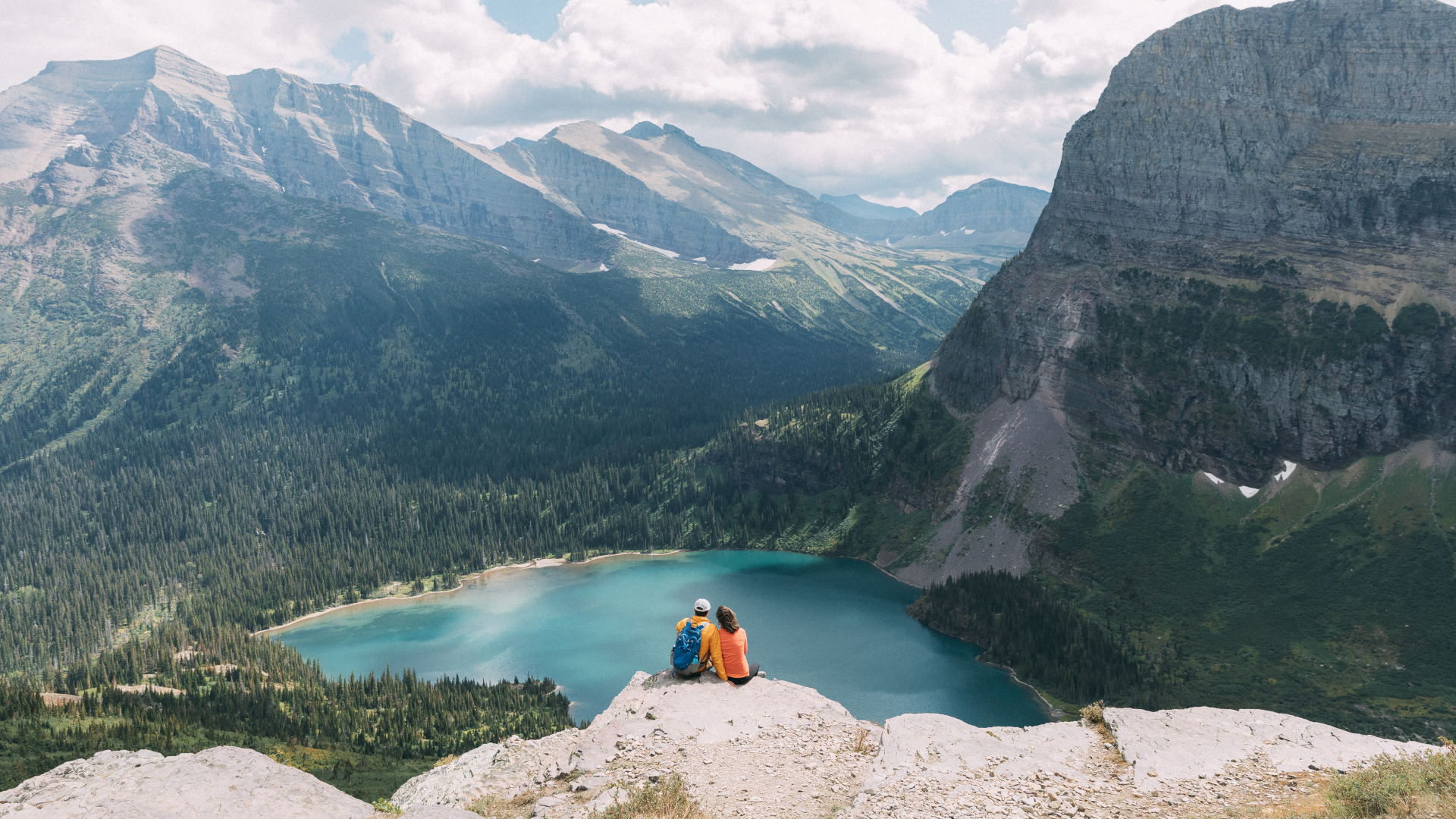
With over 700 miles of hiking trails, the best hikes in Glacier National Park cover a lot of ground, from vast, glacier carved valleys to rugged peaks. Set in Montana’s Rocky Mountains all the way up at the northern border, and surrounded on all sides by National Forests, Indian reservations and Canada’s Waterton National Park, Glacier is a true paradise for anyone seeking solitude in the wilderness.
Glacier National Park (here's why you need to visit before it melts) covers over 1500 square miles of largely untouched wilderness where native species of plants and animals thrive, including 700 lakes and hundreds of waterfalls, and is bisected by the famous 53-mile Going-to-the-sun Road. The hikes in Glacier National Park take you to pristine lakes and forests where you can enjoy unique wildlife viewing from awesome grizzly bears to timid mountain goats.
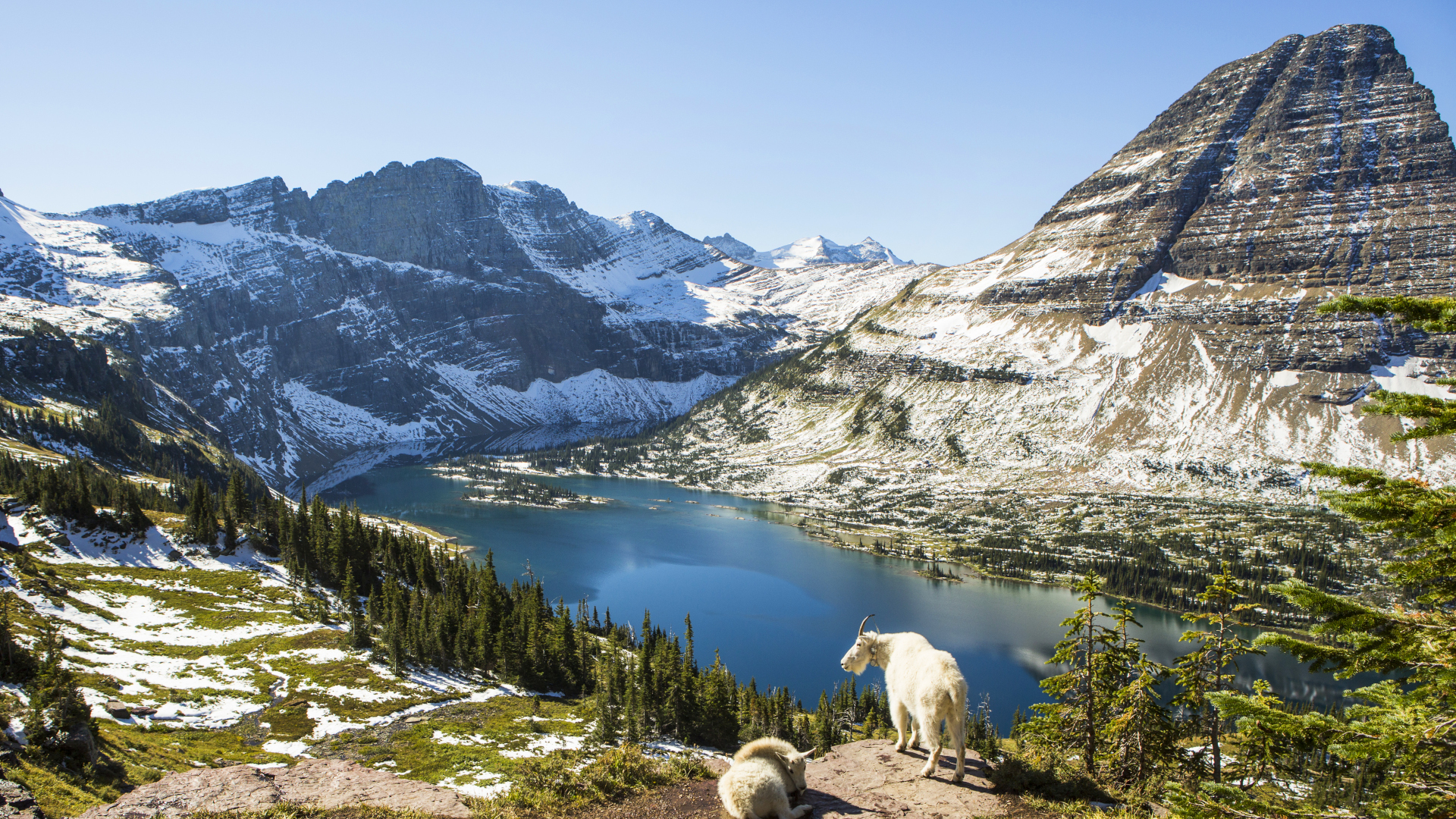
Summer is the best time to visit Glacier though it is open year-round, weather permitting. For hiking in Glacier National Park, you’ll want your best hiking boots and walking poles and a good backpack – especially if you’re planning one of the longer hikes.
The Highline Trail
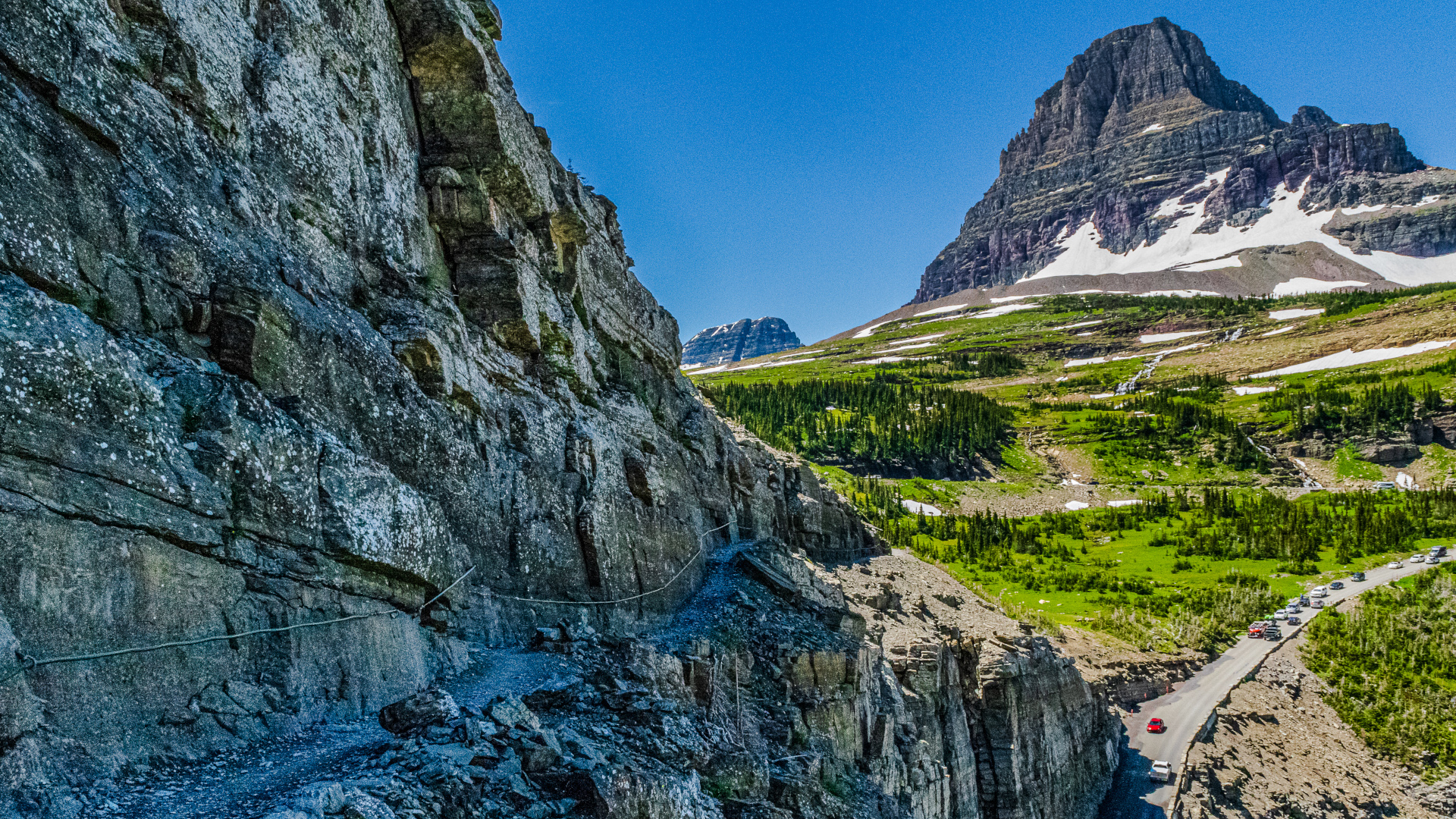
Distance: 11.8 miles
Difficulty: Moderate
The Highline Trail is easily the most popular hike in the Park and for good reason. This trail follows the Continental Divide – known here as the Garden Wall – the entire way, ensuring magnificent views with every step. The first exhilarating highlight comes a quarter mile in when you find yourself on a narrow rock ledge that forms a shelf on the Garden Wall and plunges down over a hundred feet to Going-to-the-sun Road below – keep your wits about you as you walk here. Once you get past the ledge, you’ll be able to feast your eyes on views of the surrounding peaks. Stop for lunch on Haystack Pass or keep going to the historic Granite Park Chalet.
Iceberg Lake Trail
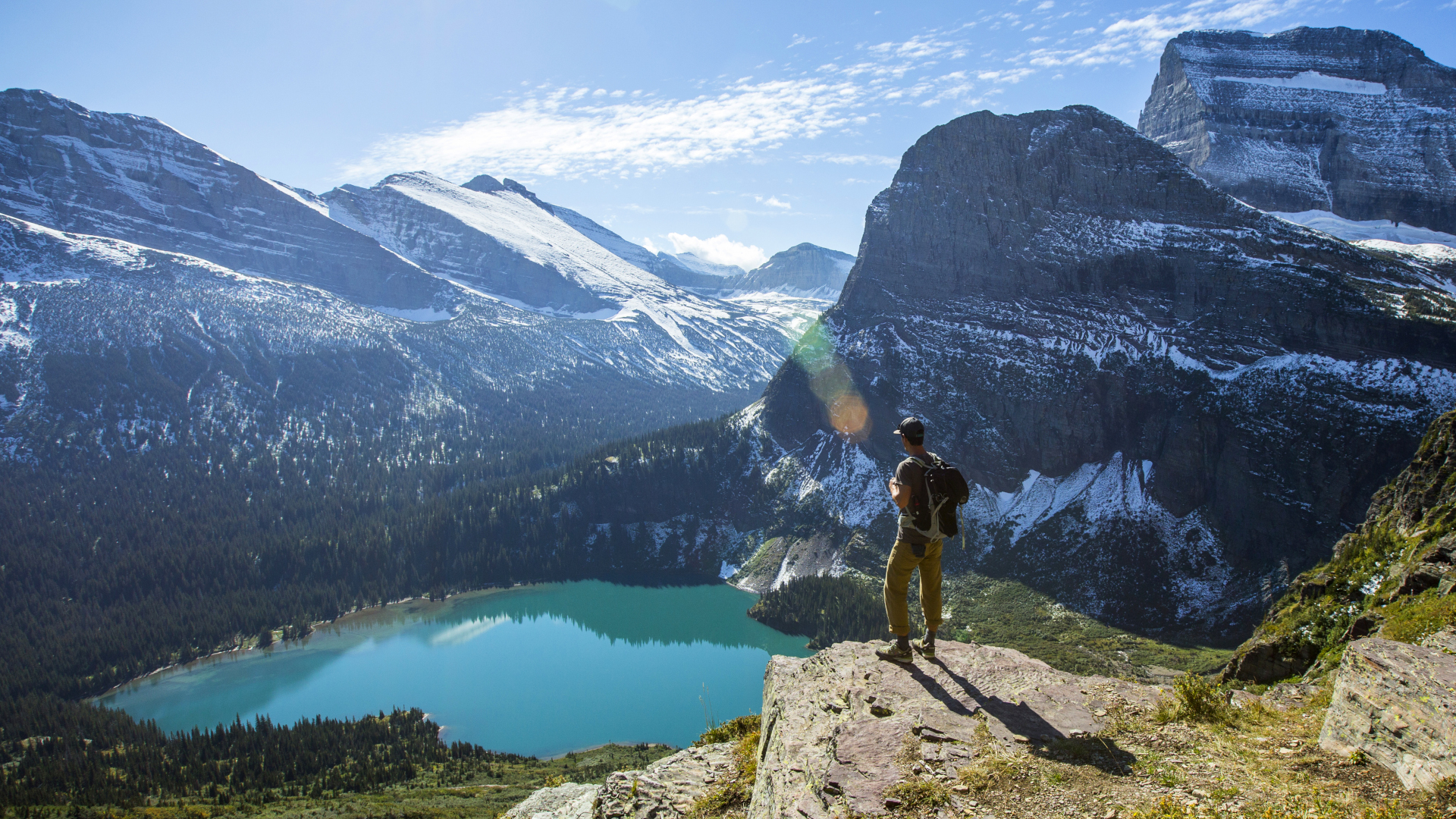
Distance: 9 miles
Difficulty: Moderate
Another of the Park’s most popular hikes, the attraction of Iceberg Lake lies in the name. Here you’ll find huge chunks of ice floating peacefully in a stunning turquoise alpine lake which lies in a deep bowl with sheer rock walls. The trail starts out with a few miles of steep climbing before mellowing out at treeline where you can catch our breath and soak in the views. Bears are common on this trail so make sure to read up on bear safety before you go.
Advnture Newsletter
All the latest inspiration, tips and guides to help you plan your next Advnture!
Avalanche Lake Trail
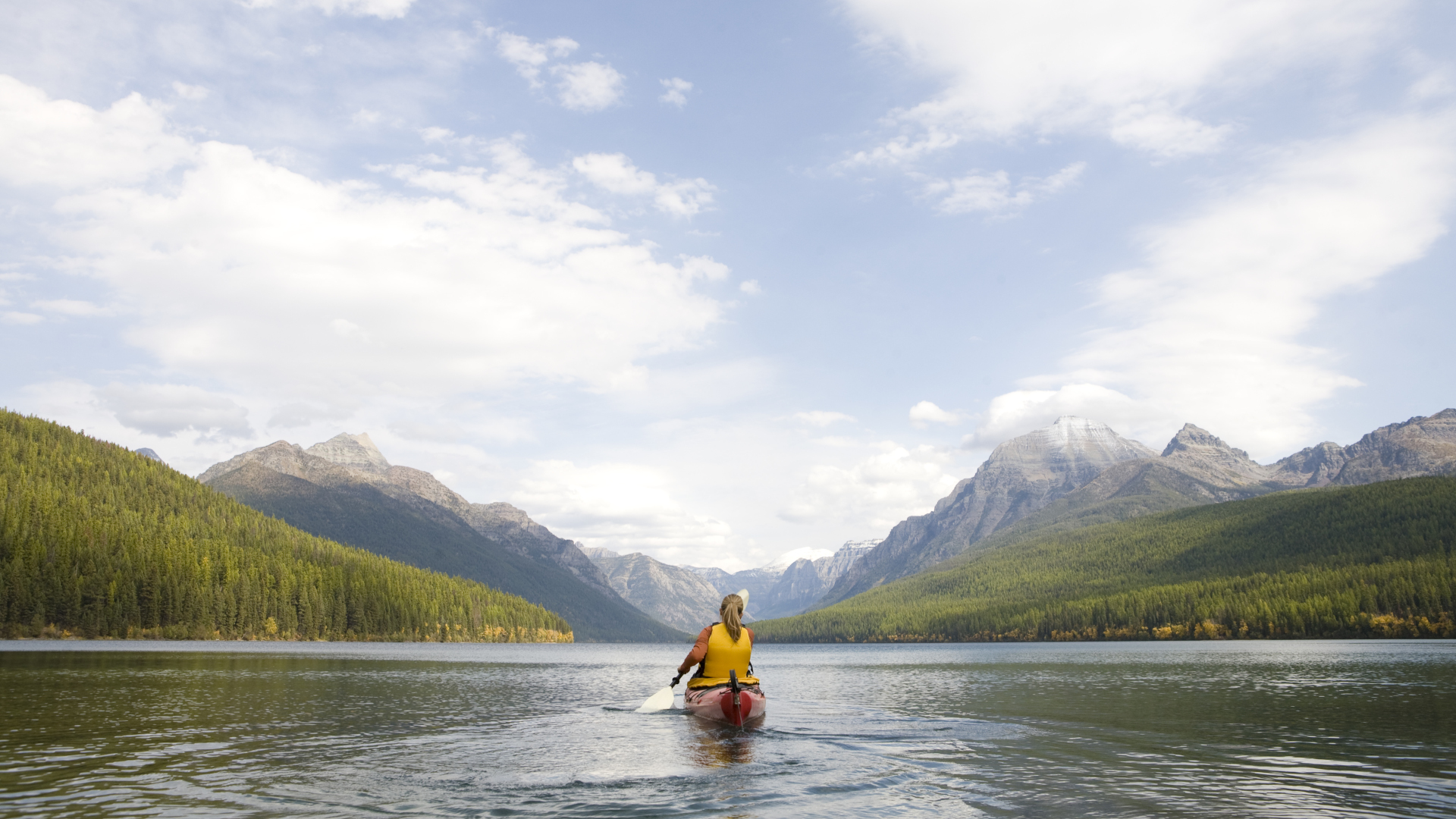
Distance: 4 miles
Difficulty: Moderate
There’s nothing quite like hiking to a beautiful, pristine lake in the wilderness, and while many alpine lakes require serious commitment to reach, Avalanche involves a fairly easy walk. This does mean that it gets crowded, naturally, but the payoff is an idyllic lake with waterfalls and cascades that makes a picture perfect spot for lunch.
Sun Point to Virginia Falls
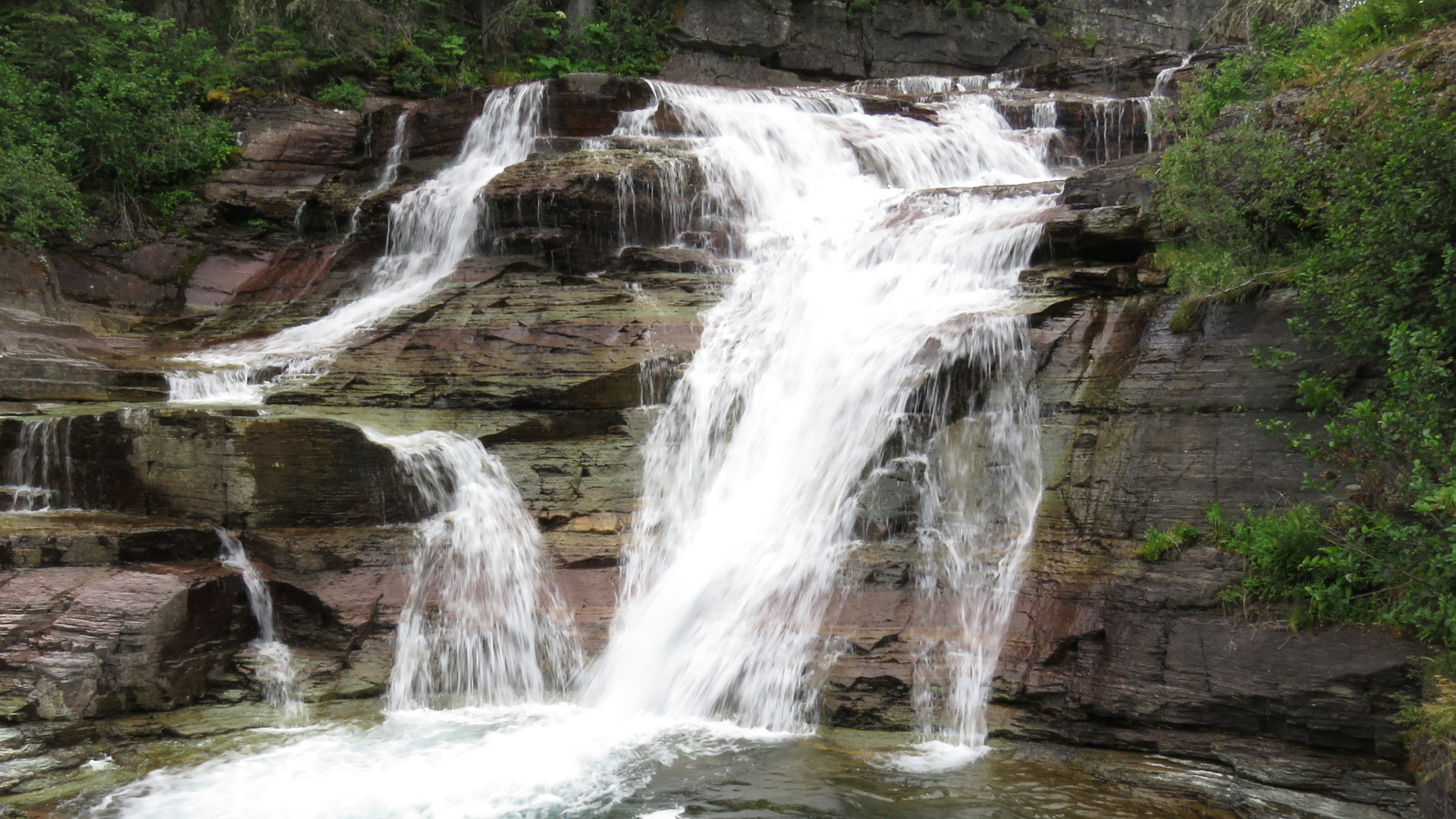
Distance: 7 miles
Difficulty: Easy
Virginia Falls are easily the most beautiful falls in the Park and can be reached via an easy walk through the woods where you’ll enjoy plenty of shade. Stop to enjoy the three-tiered St Mary Falls, about 1.7 miles in, before continuing on to the even more impressive thundering Virginia Falls which drop 50 feet over multiple tiers.
Grinnell Glacier Trail
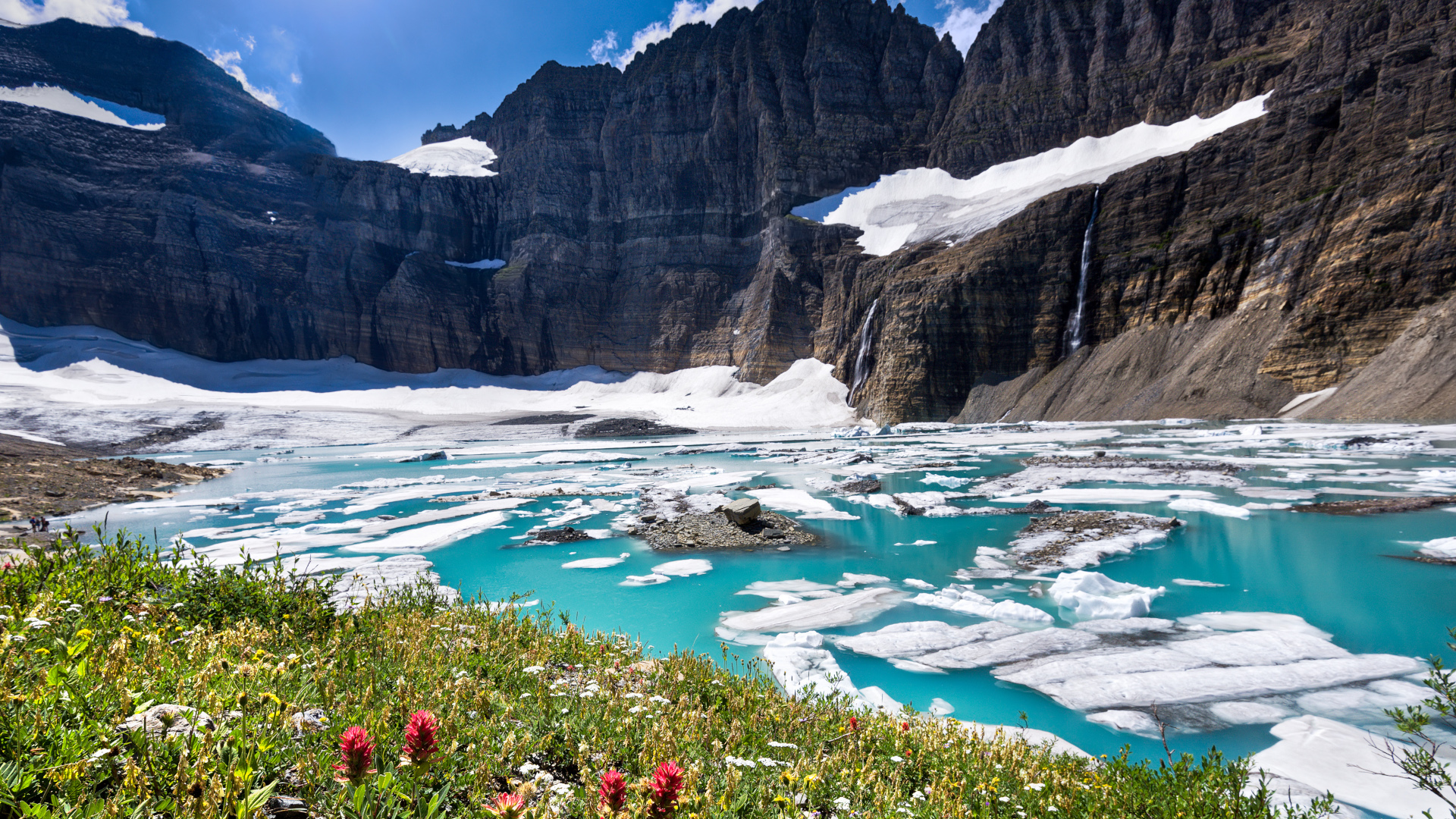
Distance: 10.6 miles
Difficulty: Hard
You can hike all 10.6 miles of this trail starting from the trailhead, or take a ferry across the lakes and shave about seven miles off your journey. If you’re going the whole hog on foot, expect a mellow first couple of miles as you pass Swiftcurrent and Josephine Lakes, then things start to get harder as you climb. For your efforts, you’ll enjoy stupendous views of Grinnell Lake, Salamander Glacier and Grinnell Glacier.
Hidden Lake Overlook
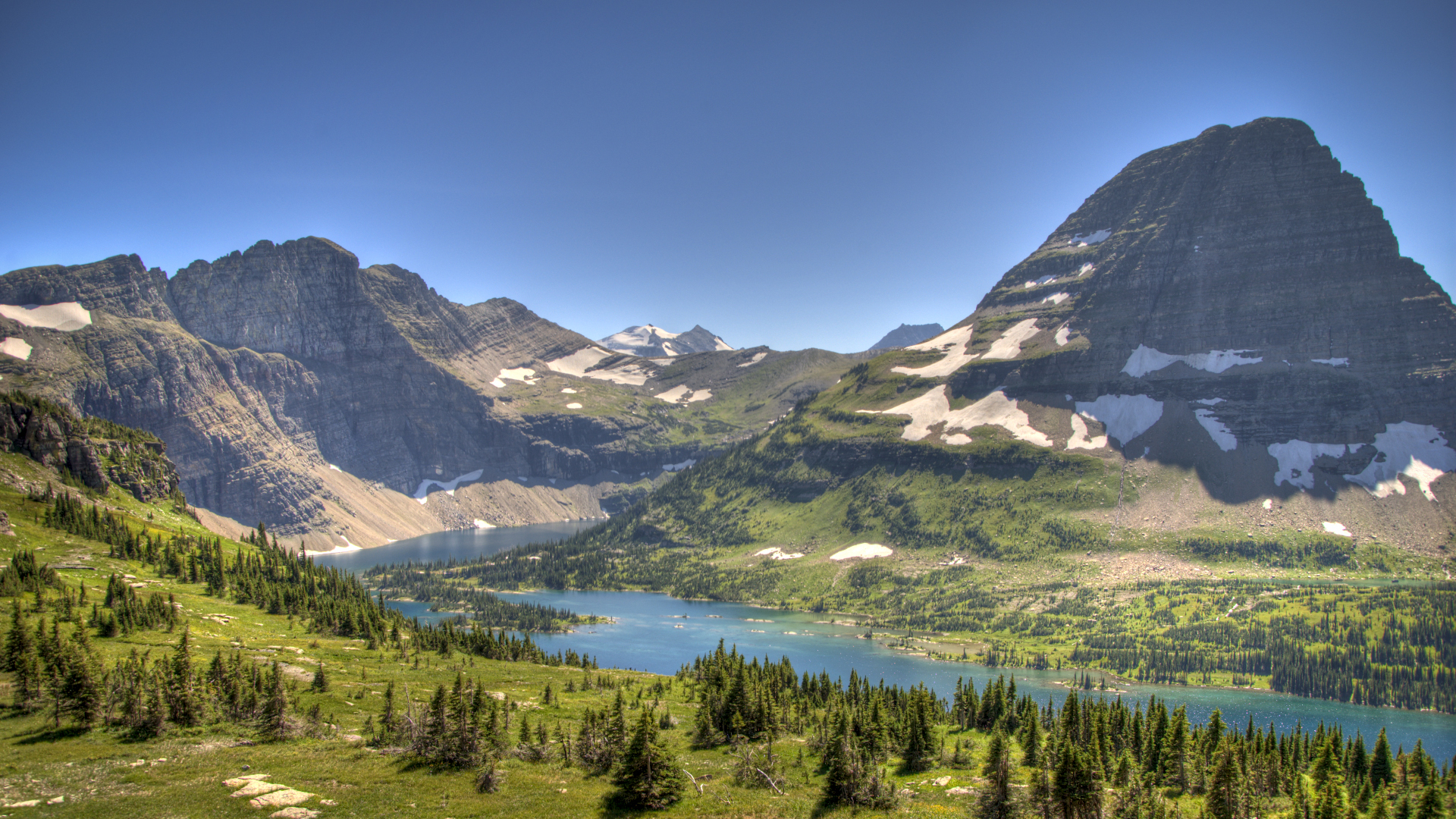
Distance: 3 miles
Difficulty: Moderate
This relatively easy trail packs a lot of scenic views and is great for the whole family. You’ll begin by crossing a wildflower carpeted meadow known as the Hanging Gardens before gently climbing towards Bearhat Mountain which rises sharply up ahead of you. Soon, you’ll realize the Hidden Lake is neatly tucked into the base of Bearhat, making it’s sparkling blue waters all the more delightful. You can stop at the overlook or keep going down to the shore.
Ptarmigan Tunnel
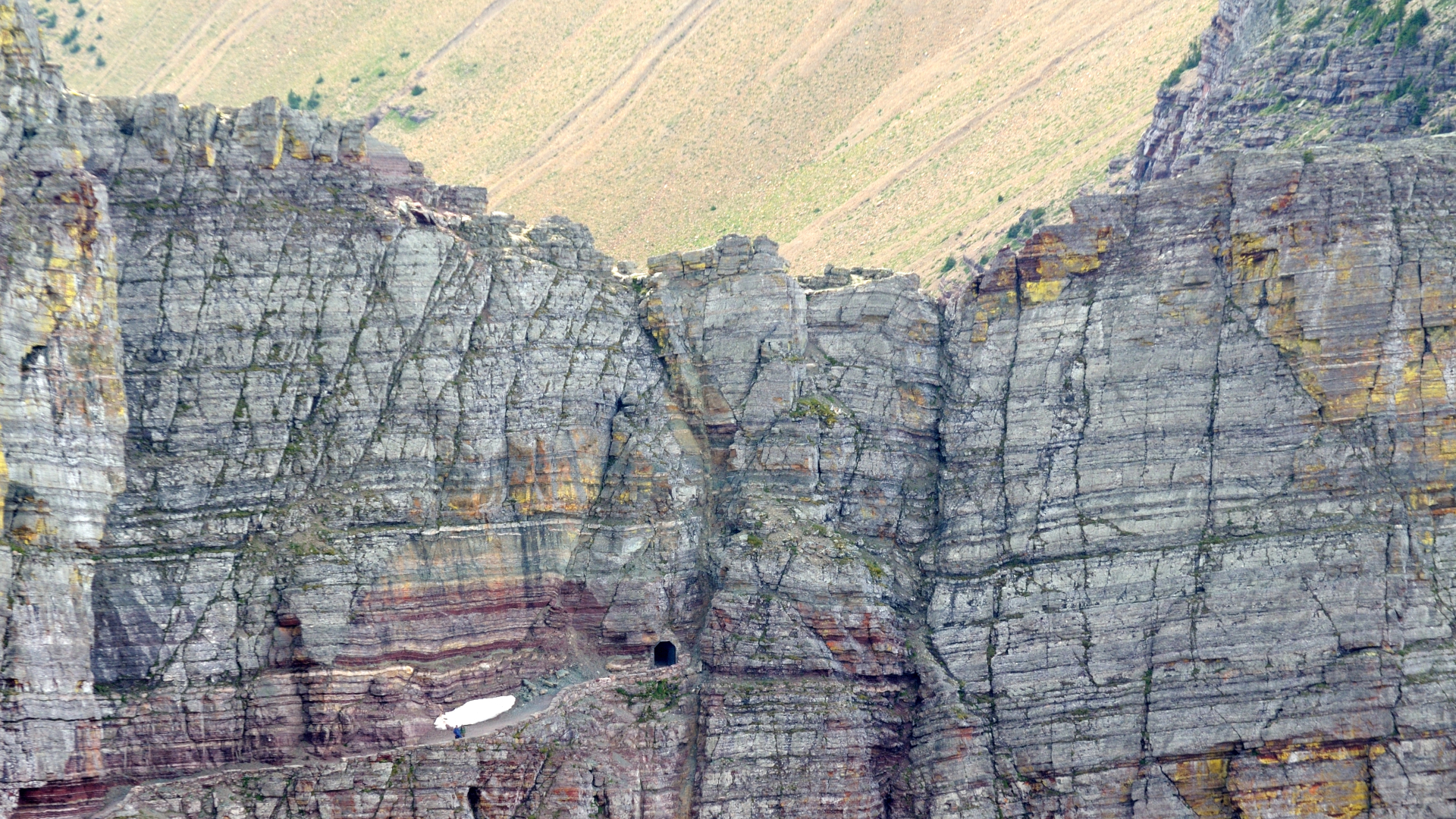
Distance: 10.6 miles
Difficulty: Hard
The Ptarmigan Tunnel is a 240ft tunnel that was blasted through Ptarmigan Wall in 1930 for horses and tourist traffic. The Ptarmigan Trail takes you to the tunnel through meadows and forest. When you arrive at the tunnel, you might think that the views of Ptarmigan Lake and the valley behind you are as good as it gets, but make sure to walk through the tunnel for the breathtaking views on the far side too.
Gunsight Pass
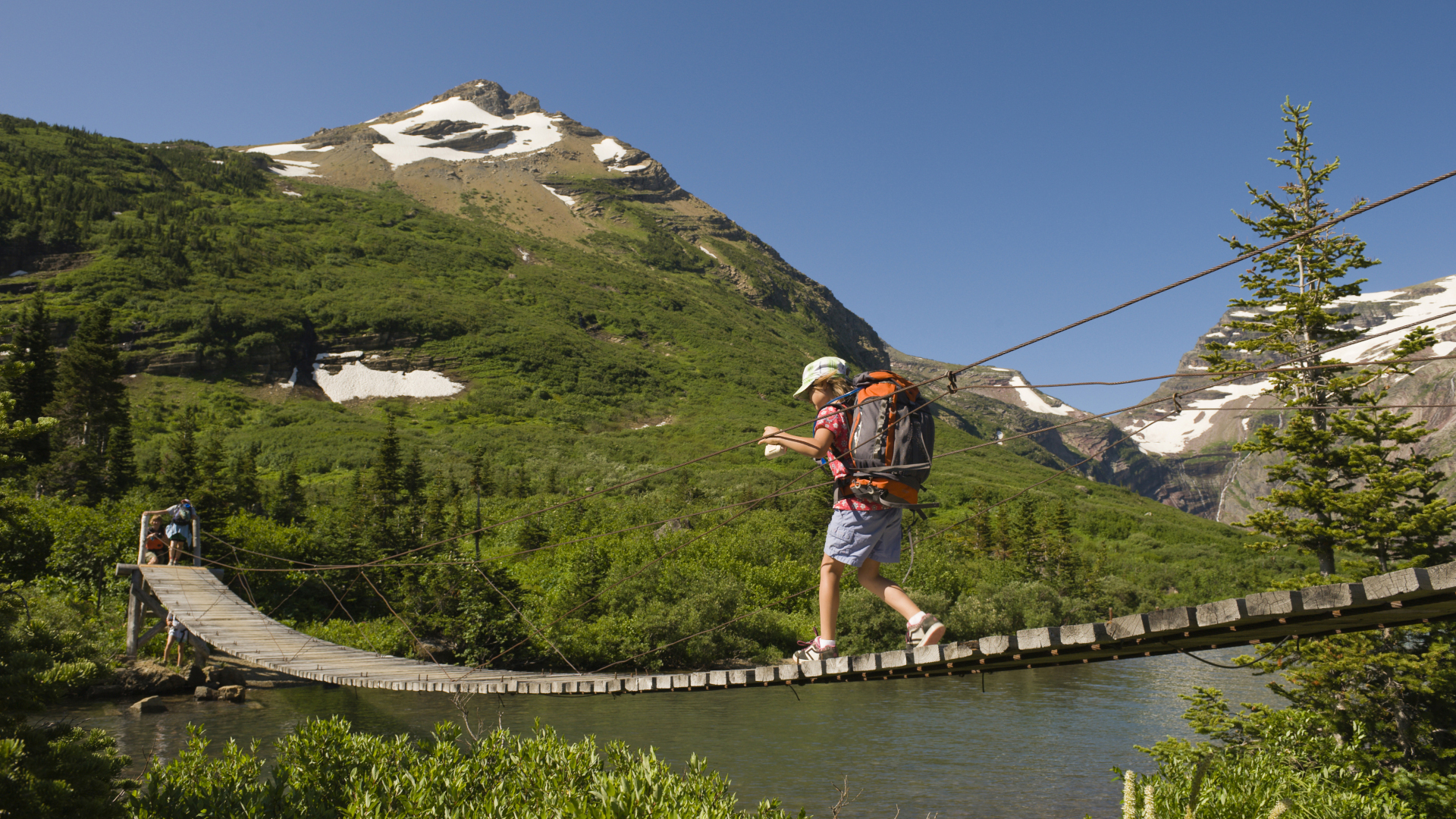
Distance: 18.8 miles
Difficulty: Hard
From glaciers and snowfields to crossing the suspension bridge of St Mary river and of course, views for days, this overnight backpacking trip delivers a truly epic adventure. You can make it a day hike of course by just turning around when you are ready, but for the whole thing you’ll need a backcountry permit and a plan for two or three days in the wild.
Julia Clarke is a staff writer for Advnture.com and the author of the book Restorative Yoga for Beginners. She loves to explore mountains on foot, bike, skis and belay and then recover on the the yoga mat. Julia graduated with a degree in journalism in 2004 and spent eight years working as a radio presenter in Kansas City, Vermont, Boston and New York City before discovering the joys of the Rocky Mountains. She then detoured west to Colorado and enjoyed 11 years teaching yoga in Vail before returning to her hometown of Glasgow, Scotland in 2020 to focus on family and writing.

